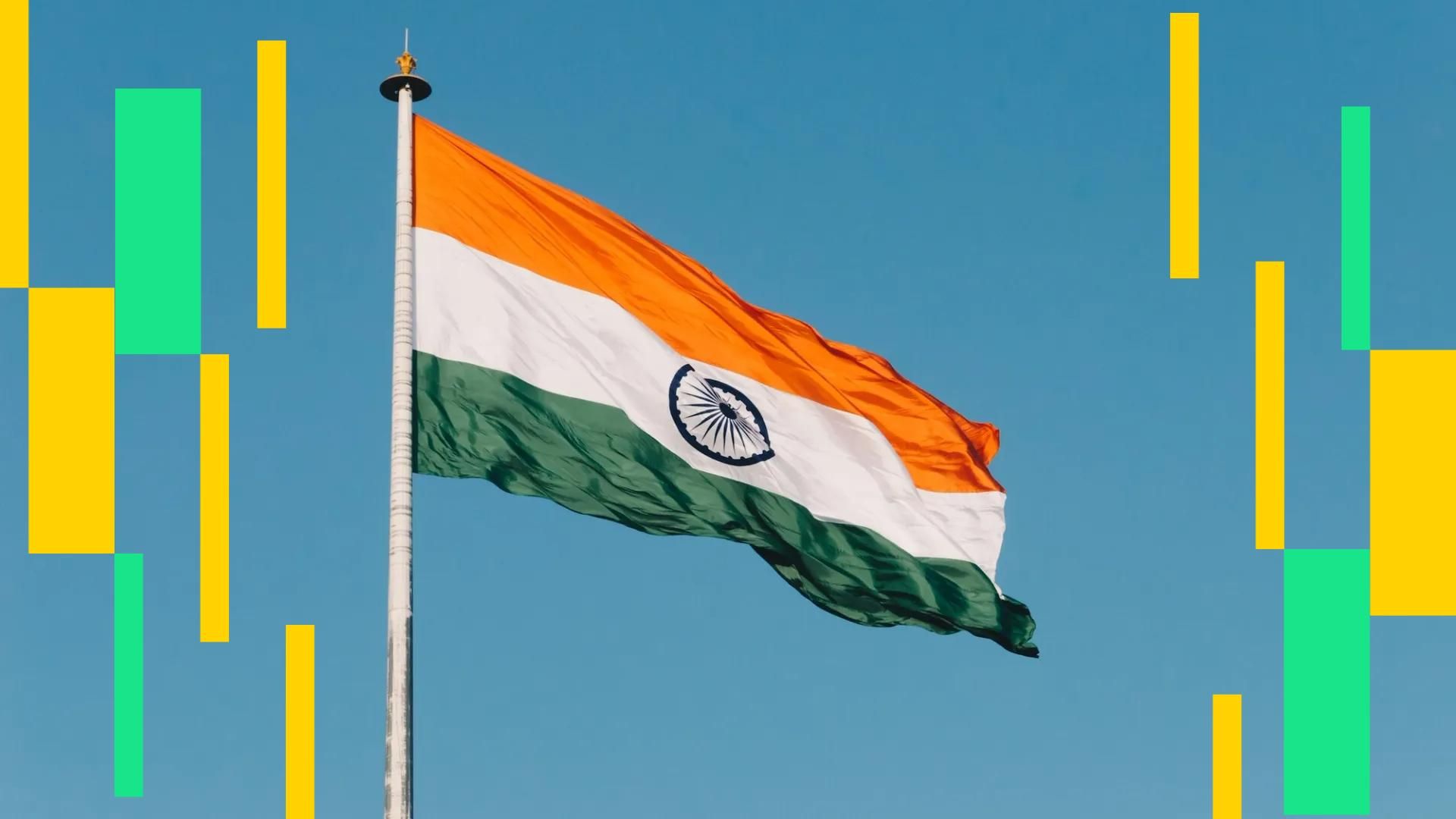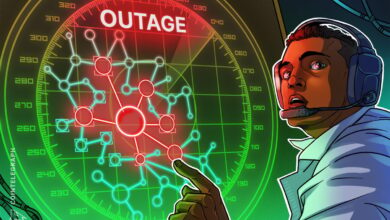India’s debt-backed arc token tentative q1 2026 debut, sources say


India’s Asset Reserve Certificate (ARC), a fully collateralized stable digital asset developed by Ethereum scaling and infrastructure development giant Polygon and India-based fintech ANQ, could go live in the first quarter of 2026, sources familiar with the matter told Coindesk.
Sources said that each arch token will trade 1:1 with the Indian rupee and will be minted only when those who provide cash or cash equivalents such as fixed deposits, government securities, or cash balances. This setup ensures transparency, safety, and compliance, addressing the shortcomings often seen in foreign-backed or speculative tokens.
Essentially, the ARC is designed to prevent dollar-backed liquidity outflows, preserving liquidity and flexibility within India’s domestic economy while simultaneously stimulating demand for public debt instruments.
The proposed digital token will complement the Reserve Bank of India’s (RBI) Central Bank Digital Currency (CBDC) by serving as a regulated interaction layer developed by the private sector.
In this two-tier framework, RBI’s central digital currency remains the final layer of settlement, preserving sovereignty and financial security. At the same time, the private sector operates a platform that promotes responsible innovation in payment solutions, programmable transactions, and remittance systems within a regulatory compliant environment.
This framework ensures strong control over the financial base by maintaining central oversight, all within the boundaries of India’s financial and regulatory system.
Sources said the arc parallels the rupee’s partial convertibility: The INR is fully convertible for current account transactions such as trade, business payments, and remittances, but remains restricted for capital account transactions to protect economic stability.
The stable digital token will do this by allowing payments for business transactions without requiring full conversion. Importantly, only business accounts are authorized with Mint Arc tokens, ensuring compliance with the liberalized remittance scheme (LRS) rules governing individual foreign exchange transactions.
In addition, the ARC ecosystem will use UNISWAP V4 protocol hooks to restrict token swaps exclusively to whitelisted addresses, strengthening controlled access and regulatory compliance.
India’s pursuit of a sovereign stablecoin comes amid rising concerns over capital outflows from dollar-backed emerging markets, following regulatory proposals by the Trump administration.
Notably, the Landmark Genius StableCoin Act legalized dollar-backed stablecoins, raising alarms about the significant drain of liquidity from emerging economies.
Standard Chartered Recently warned Emerging market banks could face deposit outflows of up to $1 trillion over the next three years as savers increasingly turn to dollar-backed currencies.




